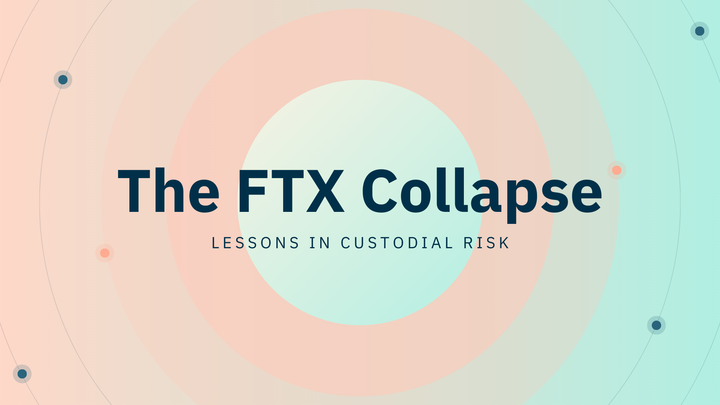Boost Your miweETH: Theo’s Straddle Strategy on Mitosis Matrix

Introduction to the Straddle Strategy
On March 27, 2025, Mitosis shared a post about the Straddle strategy from Theo Network. This strategy invites users to see how it can enhance their miweETH portfolio within the Matrix platform. As part of Mitosis' goal to provide top DeFi opportunities, the Straddle strategy aims to help users make money in a smart and balanced way.
Analyzing the Straddle Strategy
The Straddle strategy is different from a traditional options straddle; it’s a DeFi mechanism that uses the Straddle Vault. Here’s a simple breakdown:
- Deposit and Borrowing:
Users deposit assets, such as miweETH, into the Straddle Vault. The vault then uses these deposits as collateral to borrow USDC from Aave, a DeFi lending protocol. For example, if a user deposits 1 ETH worth $2000 and the ratio allows borrowing $1000 USDC, the vault proceeds with this amount. - Shorting ETH on Hyperliquid:
The borrowed USDC is used to short ETH on Hyperliquid, a decentralized trading platform. Shorting means selling ETH that the vault doesn't own, betting on a price decrease. This is done through perpetual futures, where the vault locks up USDC as collateral. The vault shorts ETH to capture the funding rate, which is a regular payment made from long positions to short positions when the futures price is higher than the spot price. This method allows the vault to generate income while effectively managing risk. - Delta-Neutral Position:
This strategy creates a delta-neutral position, meaning it is mostly unaffected by ETH price changes. The goal is to balance the ETH collateral against the risk of the short position. For instance, if you deposit 1 ETH as collateral and borrow $1,000 USDC to short 1 ETH, the gains and losses offset each other.
If the price of ETH rises, the value of your collateral increases, which helps balance the loss from the short trade. On the other hand, if ETH falls, the profit from the short position covers the decrease in the collateral’s value. By matching the amount shorted to the collateral’s delta, the total position remains stable regardless of market movements. - Yield Generation:
The main yield comes from the funding rate earned by being short in ETH perpetual futures. Additionally, the thread mentions three yield forms: MITO Points ( Mitosis rewards), Theo token rewards (from Theo Network), and yields from the Straddle Vault itself, which include interest from Aave and other mechanisms.
Benefits and Implications for Mitosis Users
For Mitosis users, the Straddle strategy offers several advantages:
- Stable Returns: The delta-neutral position lowers the risk from ETH price changes, providing a steady income from funding rates.
- Multiple Reward Streams: Users earn MITO Points and Theo tokens, enhancing overall returns. This supports Matrix's aim of providing premium DeFi opportunities with better rewards.
- Control and Transparency: As mentioned on the Mitosis Docs, Matrix ensures that users keep control of their assets, with clear structures for reward eligibility and options for early withdrawal.
Furthermore, the strategy has important educational value. The X post encourages users to learn about it to optimize their miweETH portfolio, highlighting that informed decision-making is key to maximizing benefits.
Conclusion and Future Implications
The Straddle strategy provides a smart and easy way for Mitosis users to earn yields through the Matrix framework. By understanding how this strategy works, users can see the balance between risk and reward, especially in changing market conditions.
In the future, there may be opportunities to expand similar strategies to other assets or to include more DeFi protocols, which could increase yield options for users.
Key Citations



Comments ()